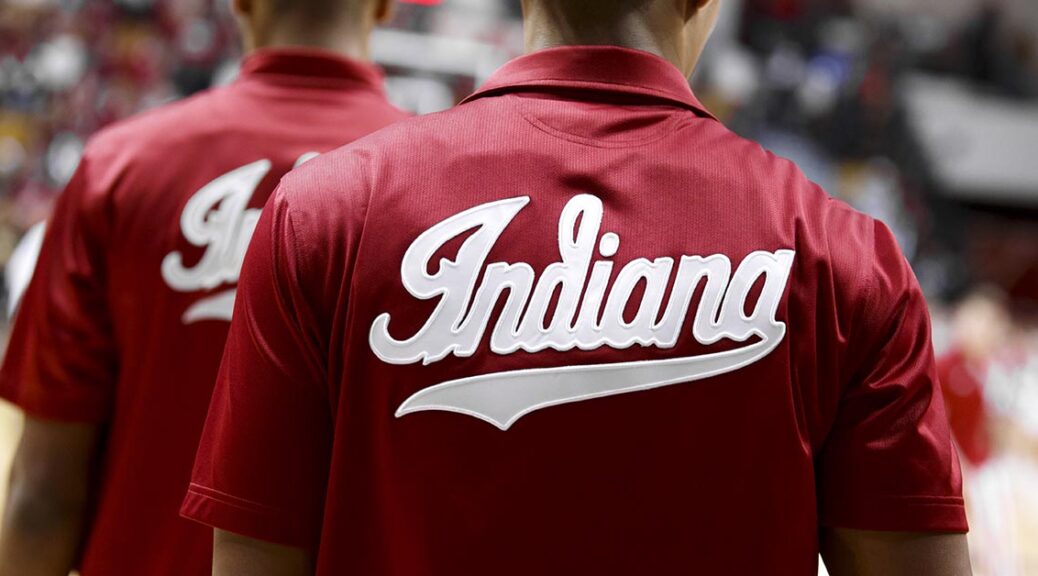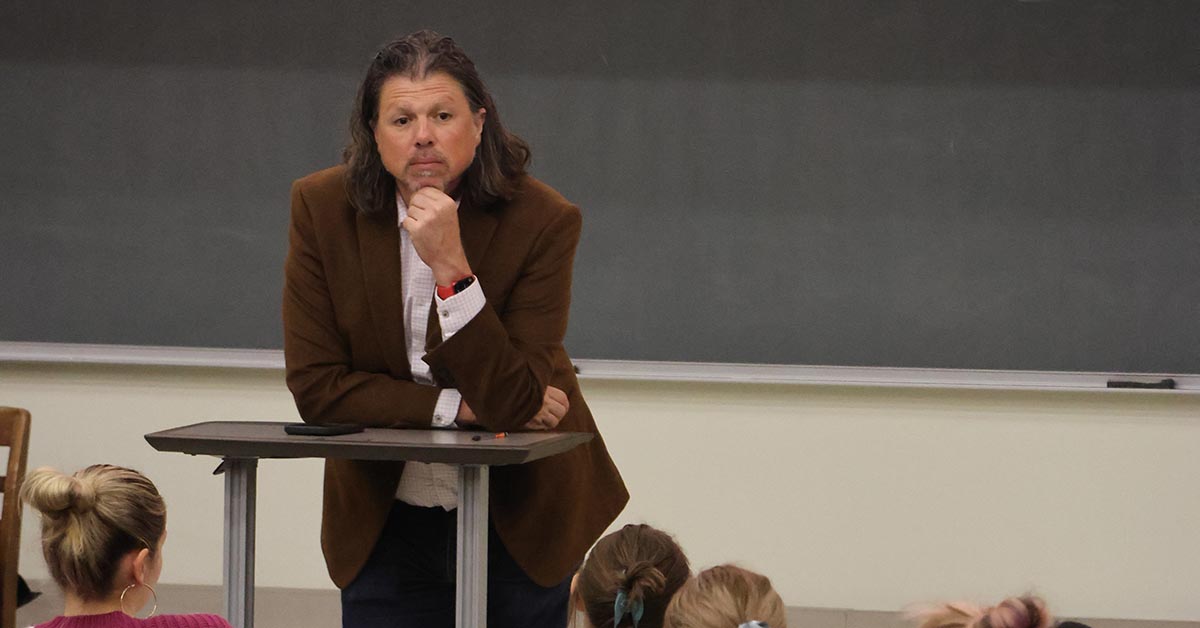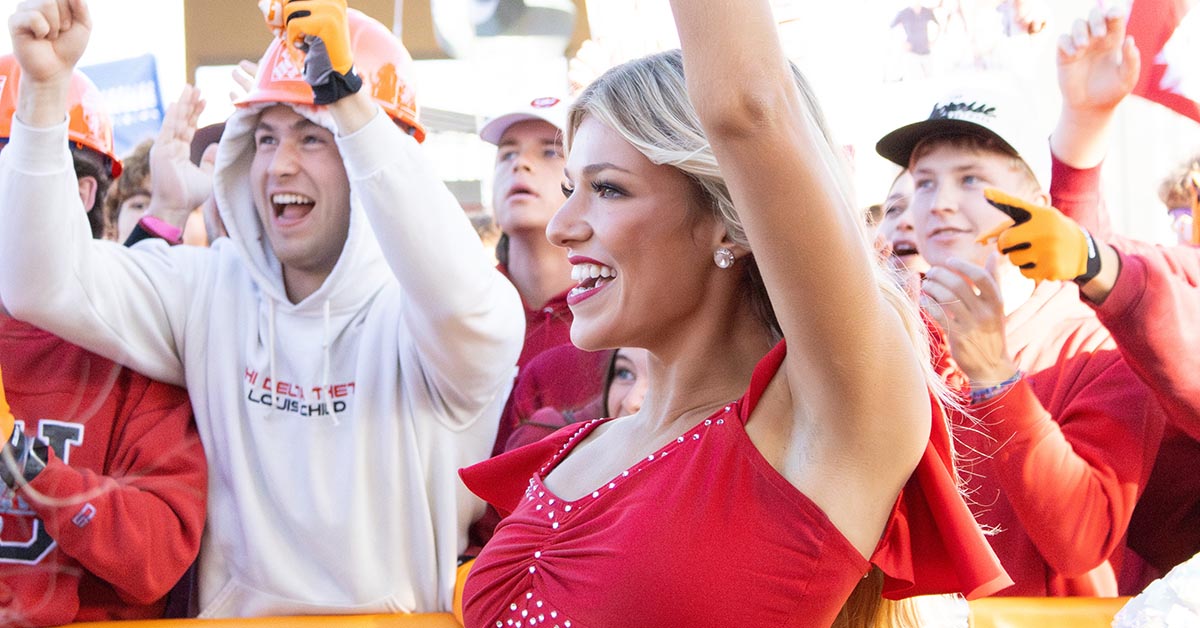
What was thought to be the jackpot for all collegiate athletes, is actually riddled with gender and team inconsistencies
By Sydney Jordan, Etta Rockman, Natalie Byer
BLOOMINGTON, IN (Nov. 5, 2024)
Dating back to the start of July 2021, collegiate athletes have been able to monetize their name, image, and likeness. This is better known as NIL, which has changed the game for some athletes, but not all. It has been just over 3 years since the decision was made to allow athletes to profit off themselves, and we are starting to see the effects of this change across all teams. The differences NIL has made for male and female athletes are contrasting, and while some teams are flourishing from NIL deals, others have felt no difference since this change was made. The truth of the matter is that the majority of athletes are not reaping the benefits of NIL. Specifically when looking at women’s teams, if you’re not Caitlyn Clark or Livvy Dunne, NIL may not be making the significant impacts on female collegiate athletes we thought it was.
Dr. Galen Clavio, the director of the National Sports Journalism Center at Indiana University Bloomington, shared how NIL has given some of the power back to the students. He shares that “athletes do have market value, do have compensatory value, and are able to leverage those rights and those opportunities as they choose where they go to school or stay at school.”

Prior to 2021, athletes were unable to make money through 3rd parties or get paid to play their sport through universities. This new chapter of collegiate athletics allows student athletes to make money off of what already feels like a full-time job, as well as the ability to have a head start post-graduation. However, there seems to be some inconsistencies between the male and female athletes. While Dr. Clavio claimed that “NIL has opened doors for a lot of female athletes in general,” female athletes at Indiana University Bloomington seem to feel differently.
Our first interview subject can be recognized as an active member of the Indiana University RedSteppers Dance team. Her name is Natalie Winzenread. Natalie details her disappointment in regards to these gender and sport disparities. Over the course of her college career, she’s noticed that male athletes in more prominent sports benefit far more from NIL than she and her teammates have and will post-graduation. She shares that her older brother is on the baseball team at Southern Indiana University and unlike her, has profited as an athlete. As a young female athlete at IU, surrounded by successful male athletes that reap the perks of NIL, along with an older brother attending another school that does as well, she feels she is at a disadvantage, and rightfully so. Natalie explains her perspective further; “Not having NIL is kind of defeating sometimes because it’s given to other people that work just as hard as us.”

Contrary to Dr. Clavios’ point about NIL “opening doors” for female athletes, Natalie believes that NIL will leave no impact on her future, bad or good. When asked how she thinks NIL will affect her post-grad, if at all, she responds “I don’t think it (NIL) will affect me because we don’t have access to it being on the dance team.” Natalie has yet to be informed of any future NIL related opportunities, but remains consistent in her sport, putting in the same effort nonetheless.
Our second interviewee, known as Chase Boyer, is a member of the Indiana University women’s tennis team. Chase entered collegiate athletics unaware of the possible opportunities and benefits NIL had to offer, but has still yet to experience much of them herself. Chase describes her athletic schedule as “having a job and getting zero money.”

Keeping this in mind, NIL seems like the perfect opportunity to profit off of your performance and brand image as a way to celebrate the tireless commitment and dedication put forth. However, like previously noted by Natalie, it does not impact all athletes in the same regard. When asked if Chase believes NIL has had any influence on her team’s culture, she responds, “For my team personally, I don’t think NIL has impacted our culture. We are all pretty happy for each other when we get these deals since we (women’s tennis) don’t get nearly as much.” She goes on to indicate that she would assume NIL impacts other sports teams cultures at IU, such as football. Because the women’s tennis team isn’t as recognized for their performance or sport in general, she doesn’t have much insider knowledge. NIL deals favor higher-profile, typically male-dominated sports.
NIL is a popularity contest, and favors only the most prominent teams and individual athletes. Sadly, not all collegiate athletes have felt the impact personally. For female athletes like Natalie and Chase, the promises of NIL have yet to be fulfilled. As NIL continues to expand, the necessary questions pertaining to gender disparities and inclusivity must be asked. College athletes deserve to be celebrated for their tremendous devotion to their craft, regardless of their sport or gender. It’s more important now than ever before to bridge these gaps and present athletes with equal opportunities to jumpstart their NIL careers, and benefit them after graduation.
On Friday, October 18th, those walking on Kirkwood were asked about NIL and its effect on college athletes. Several of these people noted the negative effects over the positive ones, mentioning the inequalities within who gets what NIL deals based on sport and gender.
###

